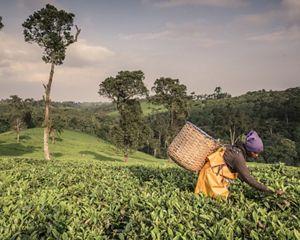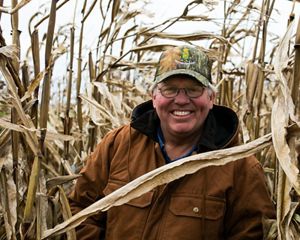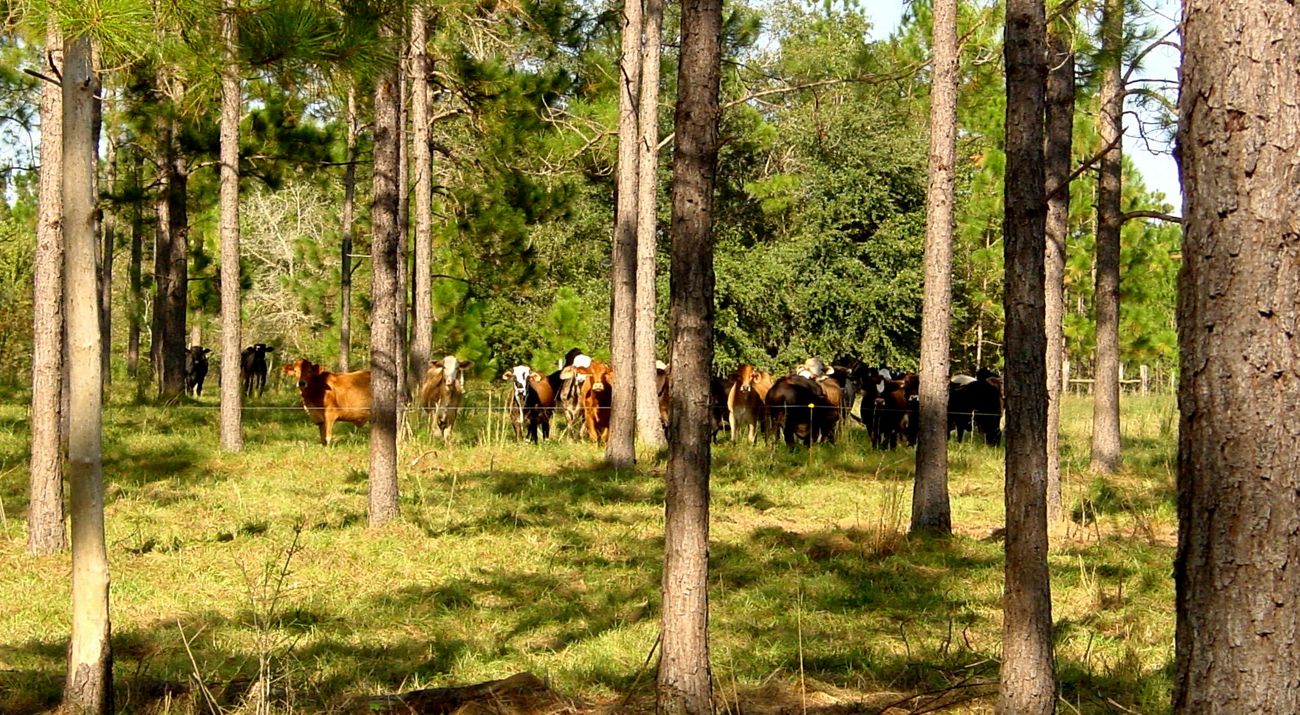Notice
We regret to report that on April 14, 2025, TNC received notification from USDA-NRCS that it will be terminating TNC’s Partnership for Climate Smart Commodities Expanding Agroforestry Project (EAP) funding. Due to this grant termination, TNC and its EAP project partners must cease project-related activities and obligations. This means TNC can no longer continue processing applications and/or enrollments. Please note that all Data, Information and Records related to EAP applications will be handled in accordance with TNC’s Privacy Policy.
- Switch to:
- Join the Email List
- Videos
Stay Connected
Join our e-mail list to stay current on agroforestry-related updates and outreach events and to connect with members of our team.
Videos
Check out the following videos to learn more about agroforestry practices and how The Nature Conservancy and its partners are helping to expand the adoption of these practices throughout the United States.
Animation
Alley Cropping
Learn how alley cropping helps farmers diversify their revenue, improve crop health, and benefit nature.
(:30)
What is Agroforestry?
Agroforestry is an ancient set of practices that benefits farmers, ranchers, and nature.
(:40)
Agroforestry and Climate
Agroforestry is one climate-smart approach to farming. Learn how this ancient practice benefits people, climate and nature.
(:35)
Silvopasture
Planting trees in places where livestock feed has a number of benefits for climate and nature. Watch this animated video to learn more.
(:28)
Windbreaks
Windbreaks do more than provide shelter to crops and livestock at the edges of fields. Find out more in this animated video.
(:29)
Video
Interviews
Related Content

Natural Climate Solutions Resource Center
See the latest science on how nature can help increase carbon storage around the world.

Foodscapes for People and Nature
Mapping the diversity of food production around the world to inform food systems transformation.

Farmers at the Forefront of Sustainable Agriculture
Seven farmers share how they’re creating a lasting legacy for their family, their communities and nature.
